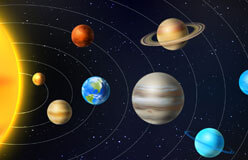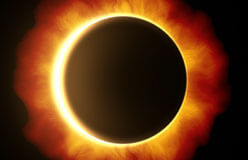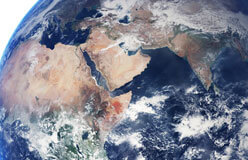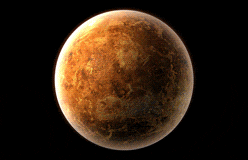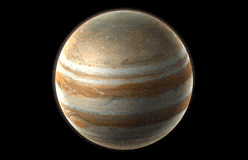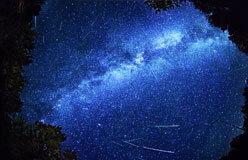Billions of years ago, gigantic clouds of gas began clumping together, pushed into each other by gravity.
As the clump grew, so did its gravity, and the stronger the gravity, the more gas the clump attracted. The gas packed together tighter and tighter, and eventually it heated up. Soon, the heat and pressure became too intense and, in a big blast, a star was born. It was our star—the Sun—and right away, it began creating energy. Billions of years later, the Sun is now middle-aged. It still churns out energy, but it has used up more than half of its fuel, which is the hydrogen at its core. But don’t worry, our Sun won’t run out of fuel for billions of years. Until then, the nuclear plant in the sky will give us heat, light, and other energy. That energy is what keeps everything on planet Earth alive.
